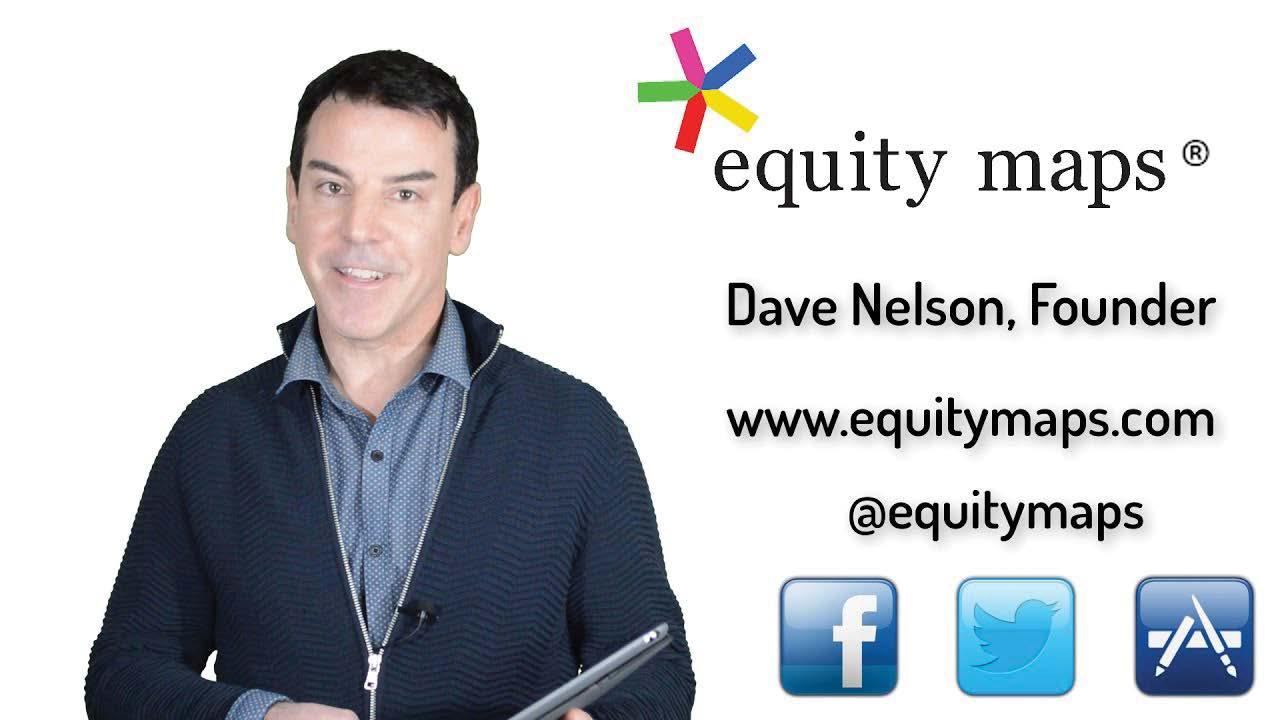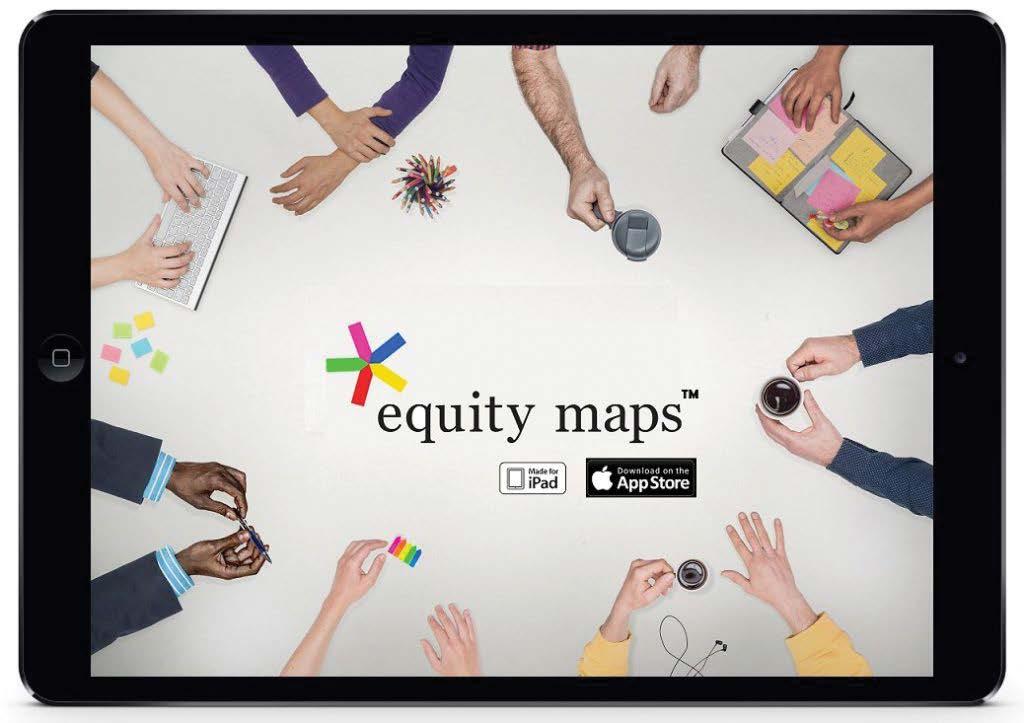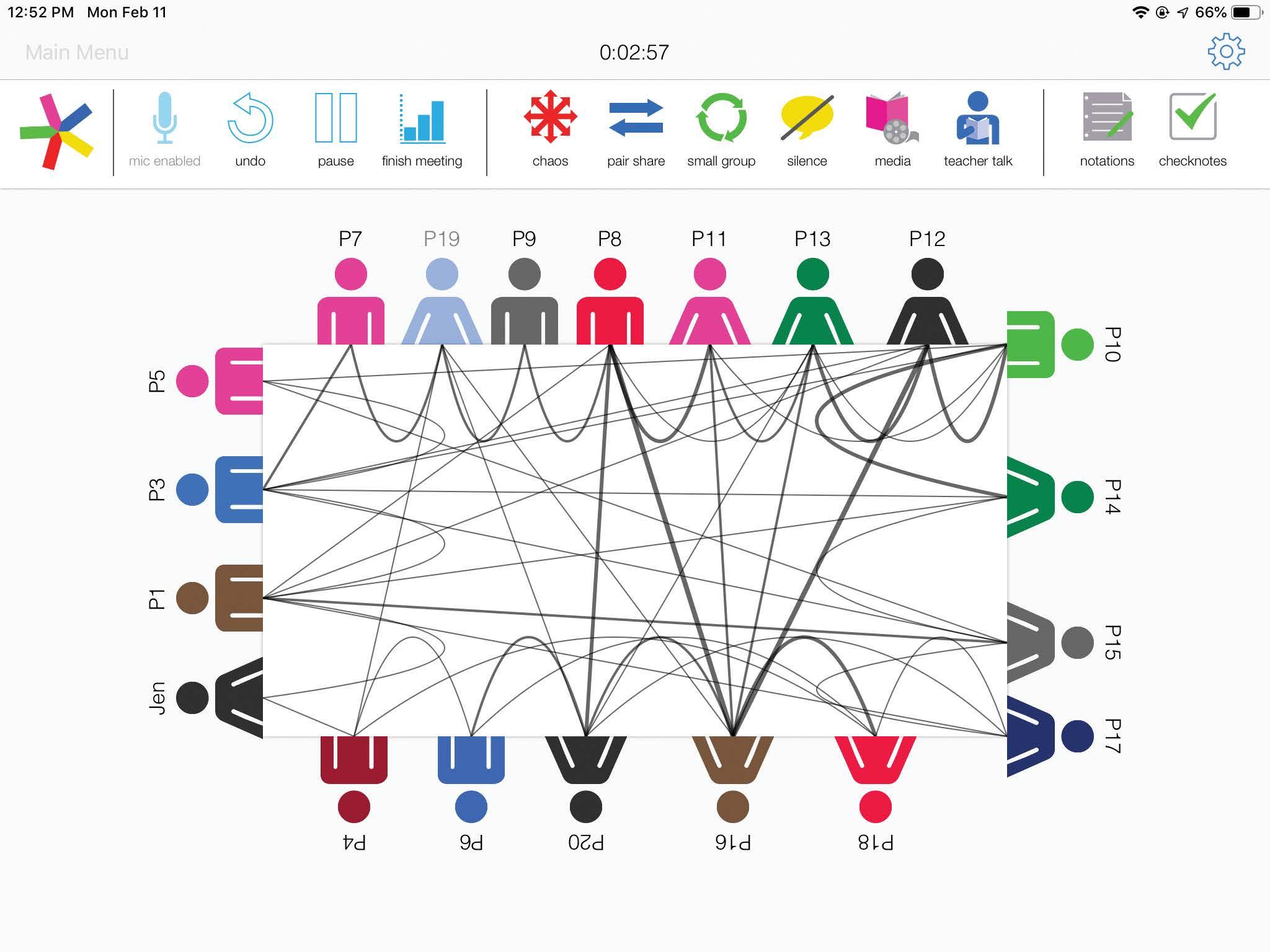
4 minute read
a virtual “road-map” of group interaction
By now, quite a few of you, as well as over 30,000 users across the globe, have heard of the app Equity Maps® that promotes student interaction and reflection. But did you know that it was created by David Nelson, the ACS Athens Academy Principal?

Technology Is Navigating The Future Of Education How educators utilize technology will be a game-changer for students and society. And this is a game ACS Athens is clearly winning. Introducing Equity Maps® – An Online Tool That Provides A Virtual “Road-Map” Of Group Interaction

The basic idea of the app is simple, and it’s based on the classic concept of passing a ball of yarn from speaker to speaker in a group discussion to track how the conversation is flowing. By the end of the discussion, everyone has a visual of how the interaction was taking place. The discussion can then be played back to allow for reflection and further feedback from the group
Annie Angelides interviewed David Nelson to find out more about this unique tool.
AA: So, what exactly is Equity Maps, and how does it work?
DN: “Equity Maps is a tool to help students or adults delve deeper into their dialogue and analyze how they communicate together. It was designed for facilitators, teachers, and instructional coaches.
Each student in the app is displayed as an icon. During a group discussion, teachers tap the icon of each new speaker, and a line appears to create a visual representation of the conversation. Teachers can then play back the data to show how the conversation flowed.
“When students can see the data and see the lines of communication that happen in a classroom, they can come to their own conclusion about how to improve their discussions.” Mr. Nelson says. Dialogue and collaboration is a skill. It’s not automatic.
AA: How did you come up with this idea?
DN: “I’ve been teaching for thirty years, but when I first started out, I was Activities Director, and we did a lot with student leadership retreats. Bonding activities were very popular at these retreats, and I remember, in some, we would sit in a large circle and do various communication exercises. One of the most popular activities was to pass around a ball of yarn every time someone had something to say, and then pass it on to the next person in the group who had something to share.
That vision was so powerful when looking at the metaphor of how they were connected.
In the classroom, I did a lot of Socratic seminars, which is a dialogue-based method of class discussion where the students are interacting to go deeper into the particular piece of work that they are studying. They build collaborative skills in the process. Teachers that use Socratic seminars are always looking for different methods to help their students improve. Dialogue and collaboration is a skill. It’s not automatic.
So about three years ago, I had the idea of putting together some kind of visual that can give an image, animatedly, of what took place and then use that to improve and reflect on what the students were doing. That’s how Equity Maps was born; as a way of visualizing their interactions so that they could see what happened rather than just think about what had happened”. Equity Maps creates a discussion map and helps students to navigate more effectively.
Mr. Hercules Lianos, who teaches American Literature at ACS Athens, regularly uses the app and had this to say: “The data Equity Maps collects provides me with a greater sense of the interaction and understanding in the classroom. What I like most, however, is the awareness it further cultivates in the students. After Socratic seminars, we review the data and engage in a metacognitive analysis of the discussion. Students are in control, focused, and conscientious of other participants, creating an etiquette of dialogue as a means to deeper understanding.”
When you invite students to speak equitably, you get more creative ideas; you have a greater feeling of community and a longer-term commitment.
Equity Maps is not intended to provide evaluative data but to provide information on how the group collaborated in a specific exercise. By playing back for students how they interacted in a group project and for how long, they, as well as the educator, can effectively assess what worked and didn’t work, and how equitable their discussion was in the group discussion.
“I believe that when you put the right group of people together with diverse abilities and interests, and when you invite them to speak equitably, then you widen your range of possible benefits. This kind of communication yields more creative ideas, a greater feeling of community, and a longer-term commitment. That is what motivated me – to help move that process forward,” says Mr. Nelson.


When the group then has the capability of reviewing and assessing on the “how” and not the “what” of their interaction with each other, it allows them to be more open to receiving and providing feedback in a non-judgmemental environment – and that is the essence of effective communication.






